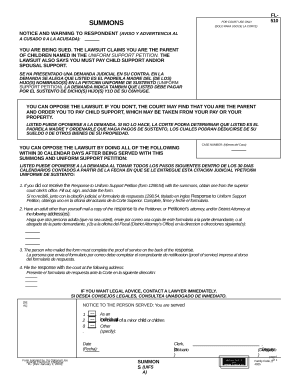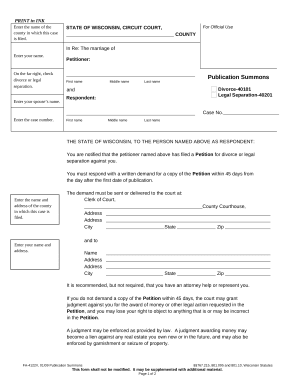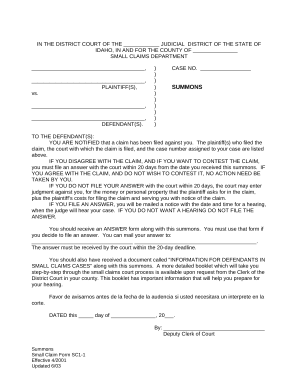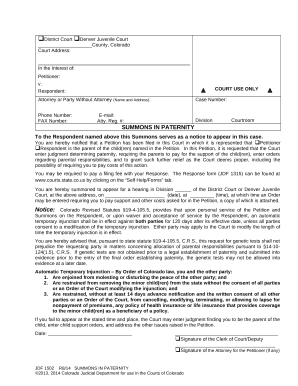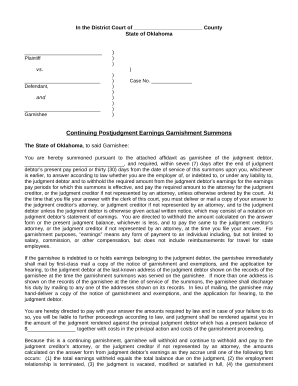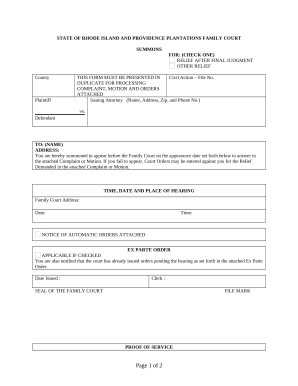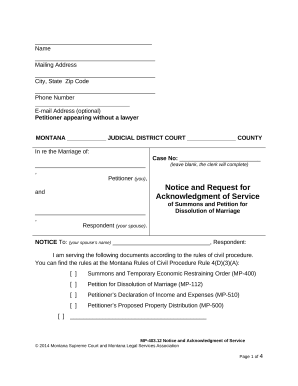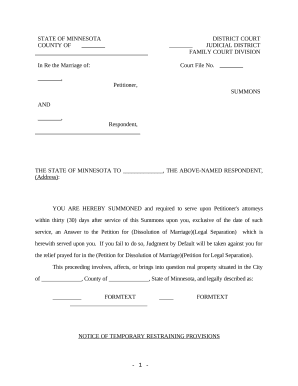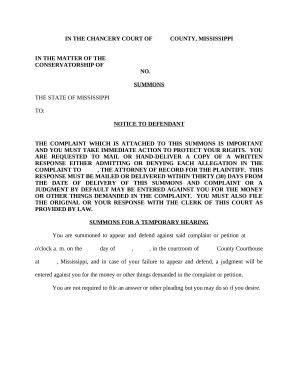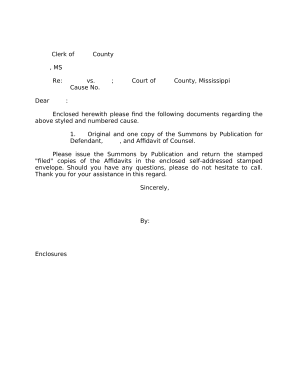Improve your productiveness with Summons Documents
Document managing takes up to half of your office hours. With DocHub, it is simple to reclaim your time and boost your team's efficiency. Get Summons Documents category and check out all document templates related to your day-to-day workflows.
The best way to use Summons Documents:
- Open Summons Documents and employ Preview to obtain the appropriate form.
- Click on Get Form to start working on it.
- Wait for your form to open in the online editor and start editing it.
- Add new fillable fields, symbols, and pictures, change pages, and many more.
- Fill your document or set it for other contributors.
- Download or share the form by link, email attachment, or invite.
Improve your day-to-day document managing using our Summons Documents. Get your free DocHub profile right now to explore all forms.

